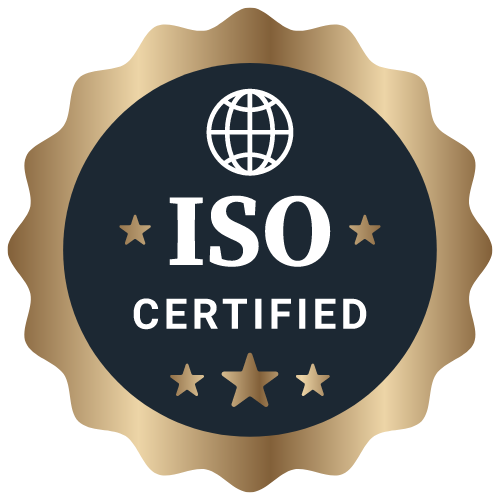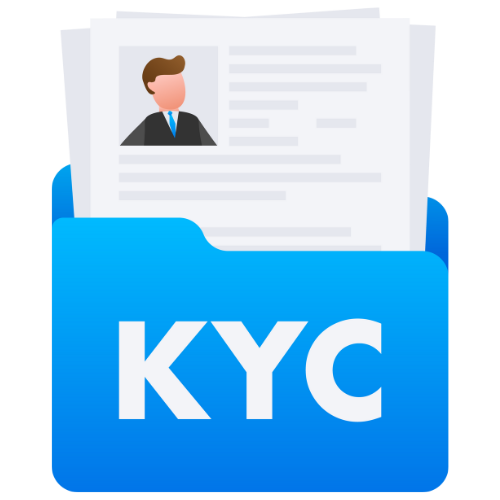How to Convert an OPC into a Private Limited Company
Learn the step-by-step process of converting an OPC (One Person Company) into a Private Limited Company in India, including legal requirements, steps involved, and key considerations in this comprehensive guide.
How to Convert an OPC into a Private Limited Company
Converting an OPC (One Person Company) into a Private Limited Company can be a strategic move for many entrepreneurs looking to expand their business and attract more investors. By converting your OPC into a Private Limited Company, you can enjoy various benefits such as limited liability protection, easy access to funding, and improved credibility in the eyes of customers and business partners.
1. Evaluate the Need for Conversion
Before you initiate the process of converting your OPC into a Private Limited Company, it's essential to evaluate the need for such a conversion. Consider factors such as the growth potential of your business, the need for additional funding, and the desire to attract more investors. If these factors align with your business goals, converting to a Private Limited Company may be the right step for you.
2. Obtain Director Identification Number (DIN) and Digital Signature Certificate (DSC)
As a first step towards conversion, you need to obtain a Director Identification Number (DIN) and a Digital Signature Certificate (DSC) for all the directors of the company. DIN is a unique identification number required for all directors, while a DSC is an electronic signature used for signing the necessary documents during the conversion process.
3. Alter the Memorandum and Articles of Association
Next, you need to make changes to the existing Memorandum and Articles of Association of your OPC to align them with the requirements of a Private Limited Company. This may involve increasing the number of shareholders, appointing new directors, and making other necessary changes as per the Companies Act, 2013.
4. Conduct Board and Shareholder Meetings
Hold board meetings and shareholder meetings to approve the conversion of your OPC into a Private Limited Company. During these meetings, shareholders need to pass a special resolution to convert the company and adopt the new Memorandum and Articles of Association.
5. File the necessary documents with the Registrar of Companies (ROC)
Once the resolutions are passed, you need to file the necessary documents with the ROC to effect the conversion. These documents include the altered Memorandum and Articles of Association, board resolutions, shareholder resolutions, and other relevant forms as prescribed by the ROC.
6. Obtain the Certificate of Registration
After filing the documents and completing all the formalities, the ROC will issue a Certificate of Registration, confirming the conversion of your OPC into a Private Limited Company. This certificate marks the official recognition of your company as a Private Limited Company.
7. Update all relevant authorities and stakeholders
After obtaining the Certificate of Registration, you need to inform all relevant authorities, stakeholders, and vendors about the conversion of your company. Update your business bank account, tax authorities, suppliers, and customers about the change in your company's legal status.
8. Comply with ongoing regulatory requirements
As a Private Limited Company, you need to comply with various ongoing regulatory requirements such as filing annual returns, conducting board meetings, and adhering to statutory compliance. Make sure to stay updated with the legal obligations to avoid any penalties or legal issues.
Conclusion
Converting an OPC into a Private Limited Company can be a prudent decision for business owners looking to scale their operations and attract more investment. By following the steps outlined above and seeking professional guidance when needed, you can smoothly transition from an OPC to a Private Limited Company and unlock new growth opportunities for your business.
Latest Updates
ca4filings.com Services




























-registration.png)



